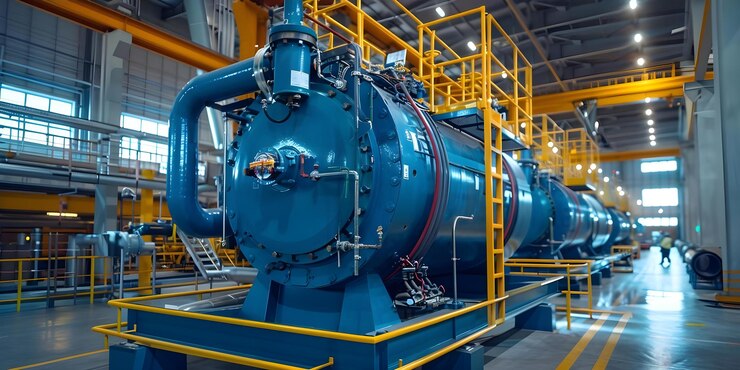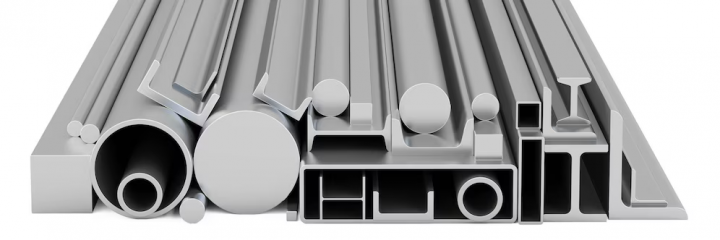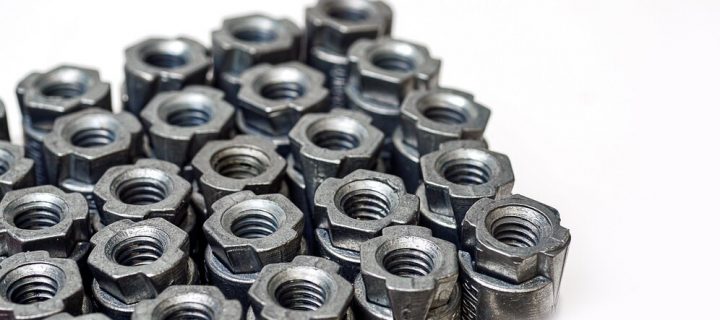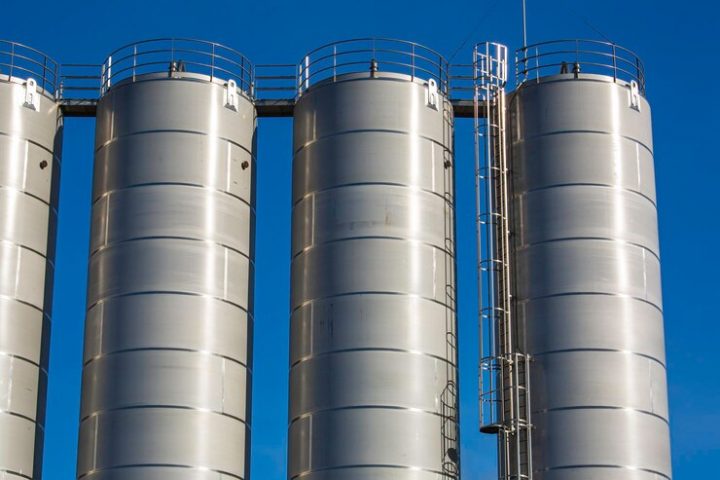In the vast landscape of industrial engineering, few components are as vital and ubiquitous as pressure vessels. These vessels, often unseen but essential, play a crucial role in various industries, from energy production to manufacturing processes. But what exactly is a pressure vessel, and how does it work? Let’s embark on a journey to uncover the mysteries behind these essential structures.
Understanding Pressure Vessels
At its core, a pressure vessel is a closed container designed to hold gases or liquids at a pressure substantially different from the ambient pressure. This disparity in pressure creates a force that can be harnessed for numerous purposes, ranging from storing compressed air to containing the steam used in power generation.
Pressure vessels come in various shapes and sizes, tailored to meet specific application requirements. They can be as small as a propane tank for a barbecue grill or as colossal as the boilers found in power plants. Despite their differences, all pressure vessels share common traits: robust construction, strict adherence to safety standards, and meticulous engineering.
How Do Pressure Vessels Work?
The functioning of a pressure vessel revolves around the principles of physics, particularly those related to fluid mechanics and thermodynamics. Whether holding gas or liquid, the vessel must withstand the internal pressure exerted by the substance it contains. This necessitates careful consideration of materials, design, and operating conditions.
Material Selection
One of the critical aspects of pressure vessel design is material selection. The chosen material must possess the strength and durability to withstand the internal pressure while remaining resistant to corrosion and other forms of degradation. Common materials used in pressure vessel construction include steel, aluminum, and various alloys selected for their specific properties.
Design Considerations
The design of a pressure vessel is meticulously engineered to ensure optimal performance and safety. Factors such as wall thickness, shape, and reinforcement are carefully calculated to withstand the intended pressure without failure. Additionally, considerations like access points for maintenance, insulation for temperature control, and safety features such as pressure relief valves are incorporated into the design.
Operating Conditions
Operating conditions play a significant role in the performance and longevity of a pressure vessel. Engineers must account for factors such as temperature fluctuations, pressure variations, and potential external forces that may impact the vessel’s integrity. Regular inspection and maintenance are essential to identify any issues and prevent catastrophic failures.
Applications of Pressure Vessels
The versatility of pressure vessels lends them to a wide array of applications across various industries. Some common uses include:
Energy Generation: Pressure vessels are integral components of power generation systems, where they contain steam or other fluids used to drive turbines and generate electricity.
Chemical Processing: In chemical plants, pressure vessels are utilized for storing and processing volatile substances under controlled conditions.
Oil and Gas Industry: Pressure vessels play a crucial role in the extraction, refining, and transportation of oil and gas, where they are used for storing and processing hydrocarbons.
Food and Beverage Industry: Pressure vessels are employed in food processing and beverage production for tasks such as pasteurization, fermentation, and carbonation.
Aerospace and Automotive: In aerospace and automotive applications, pressure vessels are used for storing compressed air, hydraulic fluids, and other essential fluids for propulsion and operation.
Ensuring Safety and Compliance
Given the critical role they play in industrial processes, safety is paramount when it comes to pressure vessels. Strict regulations and standards govern their design, construction, and operation to mitigate the risk of accidents and ensure the safety of personnel and the surrounding environment. Organizations such as the American Society of Mechanical Engineers (ASME) and the European Pressure Equipment Directive (PED) establish guidelines that manufacturers must adhere to when fabricating pressure vessels.
Conclusion
Pressure vessels are the unsung heroes of modern industry, quietly performing their duties to enable countless processes essential to our daily lives. From powering cities with electricity to producing the goods we consume, these vessels work tirelessly behind the scenes. Understanding their design, function, and importance is crucial for ensuring their safe and efficient operation across various applications. As technology advances and industries evolve, the role of pressure vessels will continue to expand, driving innovation and progress in the world of engineering.
For those looking to delve deeper into the world of pressure vessels or seeking reliable suppliers for their industrial needs, platforms like Enggpro offer a valuable resource. Through Enggpro, you can find reputable valve manufacturers and suppliers, ensuring access to high-quality components essential for the reliable operation of pressure vessels and other engineering systems. With the right tools and knowledge at your disposal, you can navigate the complexities of pressure vessel technology with confidence, contributing to the advancement and sustainability of industrial processes worldwide.



